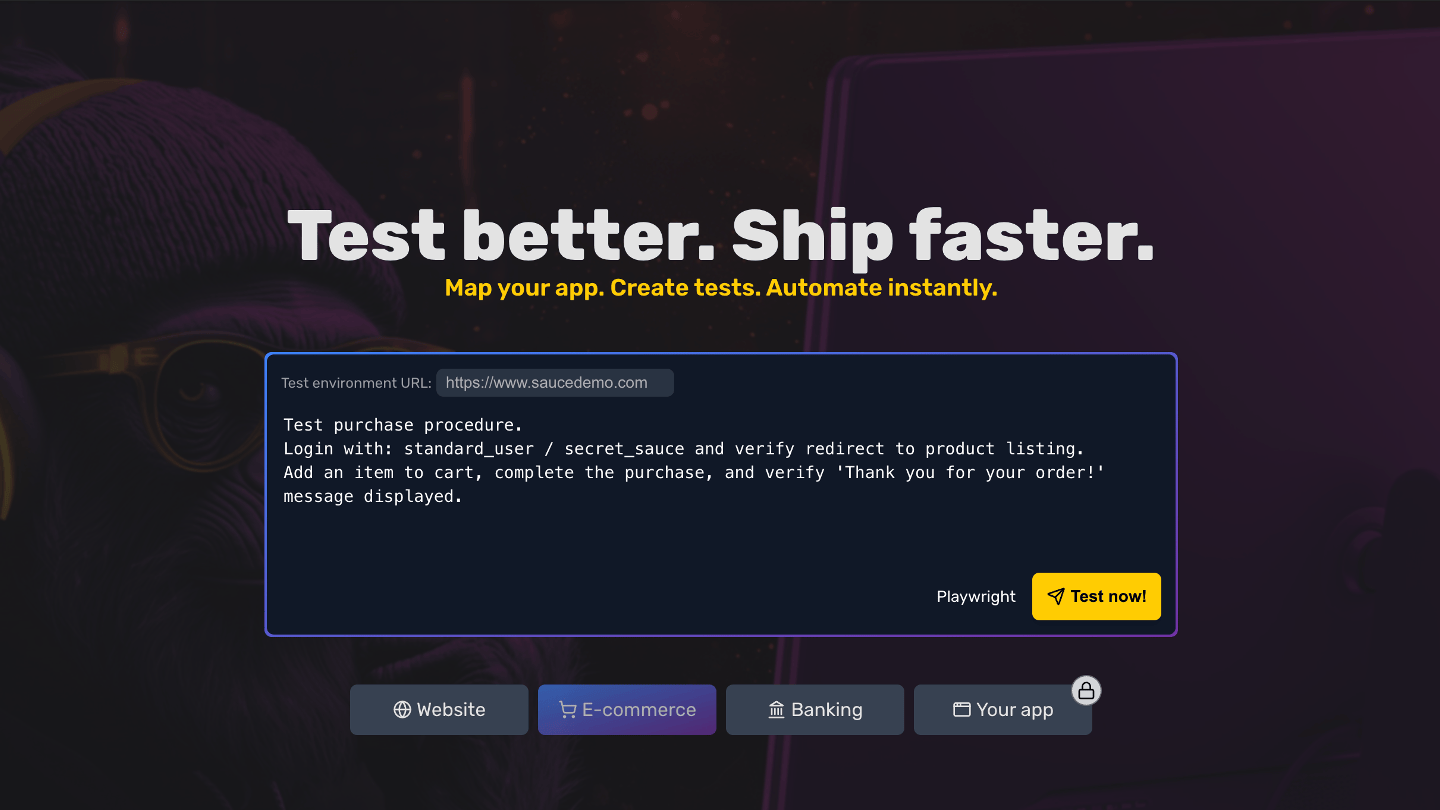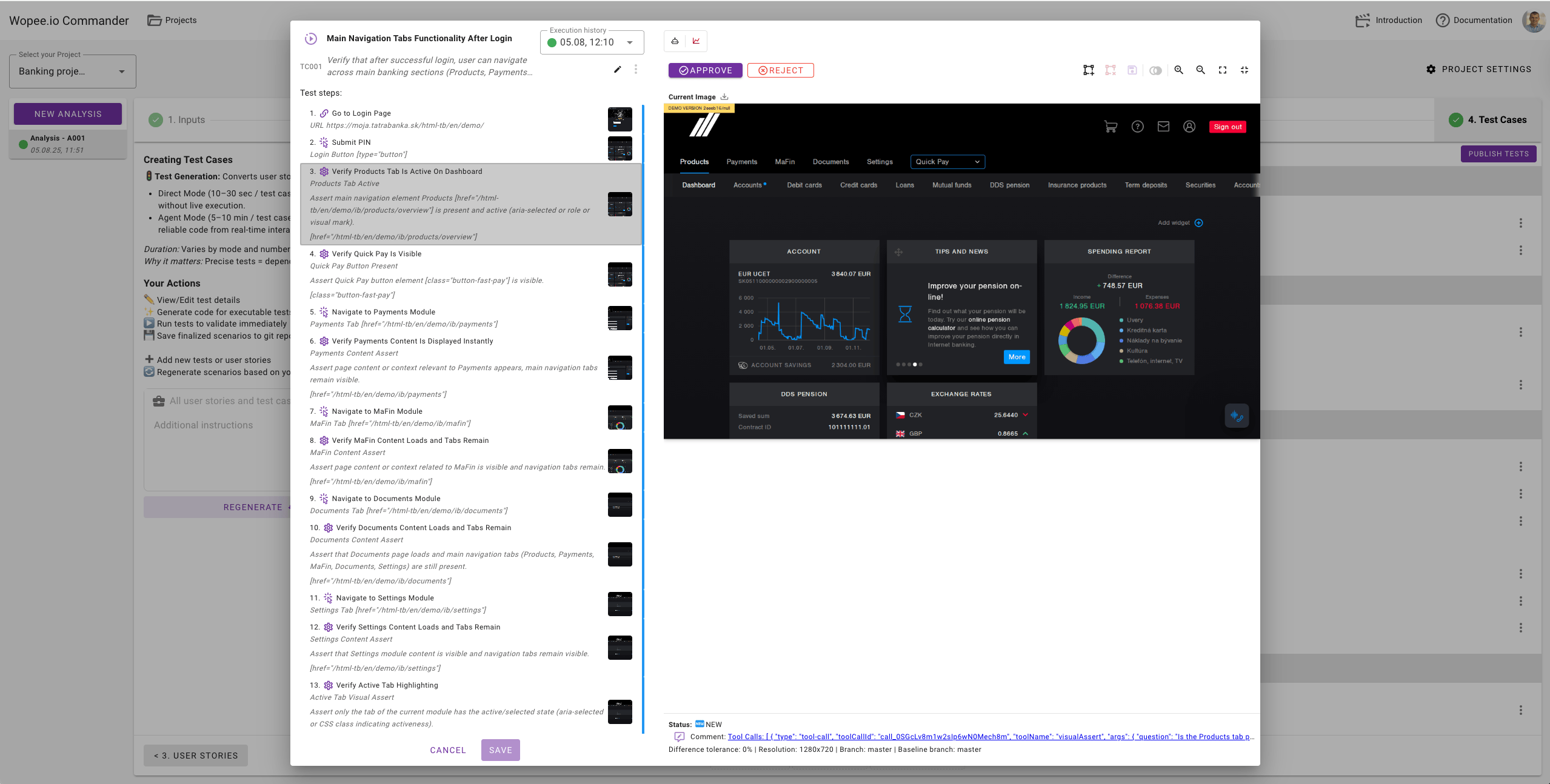Meet Wopee.io: The AI Testing Agents that Help you Test Better and Ship Faster
Today we sat down with Marcel, CEO of Wopee.io to talk more about what they do and his plans for the future.

Hi Marcel, tell us a bit about your personal journey towards founding Wopee. How did you get here?
I started testing software in 2004. Bugs, slow testing, broken releases – I’ve seen them all.
In 2022, I ran an initiative to explore topics of test automation future, an R&D arm within my company Tesena. Gartner had just coined “autonomous testing,” but every demo we saw was only a slide‑deck promise. Nothing real we could try. So we built a proof‑of‑concept ourselves.
The prototype landed its first paying customer before it even had a logo. Around the same time, OpenAI released GPT‑3.5, and the idea of an AI testing agent suddenly felt inevitable. We spun out the project, called it Wopee.io, and doubled down.
Who is Wopee for and what problem are you solving?
Wopee.io is the fastest way to test a web app. We build AI Testing Agents to mimic human testers.
- Testers get scripts, data, and results auto‑generated, end‑to‑end, often in minutes.
- CTOs ship faster without adding headcount.
- CFOs / CEOs cut testing costs by roughly 30 to 40 percent.

What prompted you to start developing Wopee? What did you see as fundamentally wrong with the way testing works right now?
Manual testing is slow and error‑prone. Traditional automation fixes speed but adds two new headaches: heavy coding and constant maintenance. Teams end up juggling both and burning out.
AI lets us skip the juggling. It watches the app, writes the tests, heals them when the UI changes, and flags issues in real time. One workflow, zero context‑switching.
You are not the first startup to try solving this problem and there are already available proven solutions. Why should a company look at Wopee?
- Experience counts. Our team has 20+ years in enterprise QA.
- Built for scale. Cloud‑native on AWS and Azure, with OpenAI models learning from every run.
- Works with what you have. Playwright, Cypress, WebDriver.io, Robot Framework – plug in and go.
- Up in days, not months. Most teams see value in the first week.
- Future‑proof. While legacy tools patch yesterday’s code, Wopee.io is built for continuous delivery and AI‑first testing.

What have been your team’s biggest personal or professional challenges in making this project a reality?
AI moved faster than any of us expected. We started in classic machine‑learning pipelines; then GPT arrived and rewrote the playbook. Re‑tooling was painful—but it forced us to build a product that can adapt as fast as the tech evolves.
Who is the ideal customer for Wopee?
Any team with 50 or more people touching quality will feel the savings immediately. That said, solo testers also use Wopee.io to spin up Playwright automation in an afternoon.
Is Wopee available now? What do people need to get started with your service?
Yes. Visit Wopee.io, create a project, and click “Start testing.” No sales call required.
What do you hope that Wopee will be able to do for its users in the next few years that they can’t do now?
We’re building two experiences:
- “Spotify for testing.” Pick a playlist of critical flows or let Wopee queue the next best test automatically.
- “Weather forecast for quality.” One dashboard that shows current health and predicts where defects are likely to appear next.
Talk a bit about your experience with StartupYard. What were the surprises, challenges, highs and lows?
The mentor sprint with 50+ conversations was brutal and priceless. It surfaced blind spots we didn’t know we had. On the flip side, having a long‑term sounding buddy, Cedric, has been a steady anchor. StartupYard closed skill gaps, opened doors, and shaved months off our learning curve.



